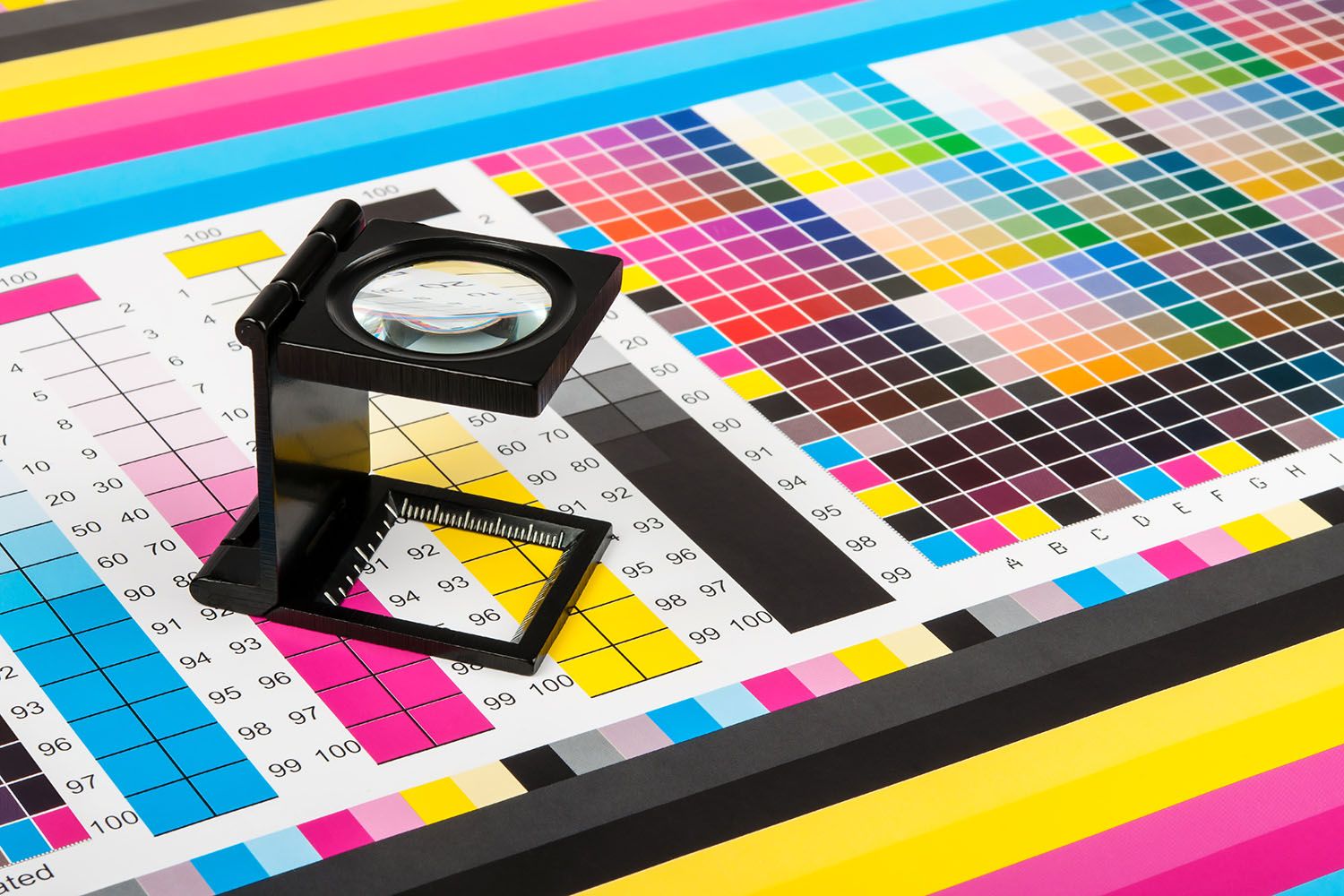Exploring the World of Digital vs. Offset Printing
When it comes to printing, two methods stand out: digital printing and offset printing. Both have their strengths and are suitable for different types of projects, but understanding their differences can help you make the best decision for your specific needs. In this blog post, we’ll explore the world of digital vs. offset printing, compare their benefits and drawbacks, and help you decide which method is right for your next print project.
What Is Digital Printing?
Digital printing refers to the process of transferring a digital image directly onto a variety of media, typically through laser or inkjet technology. This method eliminates the need for plates or cylinders, making it ideal for shorter print runs and more customized print jobs.

Key Features of Digital Printing:
- No Setup Costs: Digital printing does not require the creation of printing plates, which means it’s perfect for small runs or on-demand printing. Whether you need 10 copies or 1,000, digital printing can easily accommodate both.
- Quick Turnaround: Because it’s a direct-to-media process, digital printing has a faster production time compared to offset printing. This makes it an excellent choice when time is of the essence.
- Customization: One of the biggest advantages of digital printing is the ability to personalize each piece of printed material. It’s ideal for projects requiring variable data printing, like personalized postcards, invitations, or direct mail.
What Is Offset Printing?
Offset printing, on the other hand, is a more traditional printing method that involves transferring an image from a plate to a rubber blanket and then onto the printing surface. It’s typically used for larger print runs, such as magazines, catalogs, brochures, and books.

Key Features of Offset Printing:
- High-Quality Results: Offset printing provides exceptionally high-quality images with precise color accuracy, making it ideal for projects requiring fine details and vibrant colors.
- Cost-Effective for Large Runs: Although offset printing involves setup costs, the per-unit cost decreases significantly as the volume increases. This makes it an excellent option for large print runs (e.g., 5,000 or more copies).
- Consistent Color Reproduction: Offset printing uses ink and precise registration to ensure consistent color reproduction throughout the entire run, making it ideal for projects where color consistency is critical.
Digital vs. Offset Printing: Key Differences
Now that we’ve covered the basics of both methods, let’s look at some of the key differences between digital and offset printing:
1. Print Volume
- Digital Printing: Best for small to medium print runs (under 1,000 copies).
- Offset Printing: Ideal for large print runs (over 1,000 copies), as the per-unit cost decreases with volume.

2. Setup Time and Costs
- Digital Printing: Minimal setup time and no plate creation, making it cost-effective for smaller runs and quick turnarounds.
- Offset Printing: Requires setup time for creating plates and preparing the press, which adds to the cost and turnaround time but is more efficient for large print jobs.
3. Color Quality
- Digital Printing: While modern digital printers offer high-quality results, they may not match the level of color precision achieved with offset printing.
- Offset Printing: Known for delivering high-quality color reproduction and consistency, particularly with complex and full-color designs.
4. Customization and Personalization
- Digital Printing: The ability to print custom data, names, or images makes it perfect for personalized marketing materials.
- Offset Printing: Limited customization, as it generally prints the same image or design on all copies.
5. Print Materials
- Digital Printing: Can print on a variety of materials, including standard paper, synthetic media, and more.
- Offset Printing: Offers a wider range of printing materials, including different types of paper, specialty stocks, and finishes.
When to Choose Digital Printing
Digital printing is the way to go if:
- You need a quick turnaround for small or medium print runs.
- Your project requires personalization (such as direct mail, customized brochures, or variable data printing).
- You need low setup costs and want to print on demand.
When to Choose Offset Printing
Offset printing is the better choice when:
- You have a large print run and want to reduce the per-unit cost.
- You need consistent, high-quality color and sharp details across many copies.
- Your project involves special finishes or unique paper types that offset printing can handle more efficiently.

Conclusion
Both digital and offset printing have their place in the world of print. Digital printing is perfect for short runs, fast turnarounds, and customization, while offset printing excels with large quantities, precise color reproduction, and high-quality results. By understanding the strengths and limitations of each method, you can make an informed decision about which is best suited for your next print project.



















